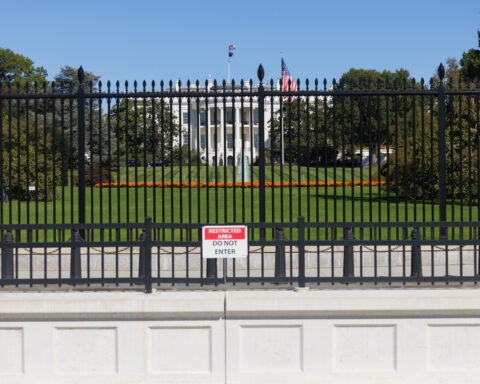Budget cuts force students to adopt a new graduation plan.
“Over the past three years we’ve lost more students than are enrolled at all California State University campuses combined,” said California Community Chancellor Jack Scott.
Further financial cuts to California higher education are forcing students to adjust their plans of graduating within four years.
Job shortages, fewer tax revenues, and a downturn in the U.S. economy have put a choke-hold on public colleges and universities, leaving students with shrinking choices and fewer ways to make it through the murky waters of academia.
As officials trim course offerings and reduce available classes while raising tuition, the cost is passed down to the student.
Gilbert Tse, a Santa Ana College and California State University Long Beach student, is one of thousands whose graduation plans have been deferred by budget cuts.
“Cancelled classes actually have affected me and set my plans back a year,” Tse said.
Many students start the semester on waitlists. It is not uncommon to walk around Santa Ana College during the first week of school and see lines of students spilling out of a classroom door, trying to petition a course already at capacity.
Community colleges provide the cheapest and most affordable option. But as California struggles to deal with billions of dollars in debt, districts have been forced to deny access to students across the state, according to the California Community College Chancellor’s office.
“Over the past three years we’ve lost more students than are enrolled at all California State University campuses combined,” said California Community Chancellor Jack Scott.
About $800 million has been slashed over three years, a 12 percent decrease from the 2008 budget.
Denying money to colleges has directly caused about half a million students to drop out in the same time period, Scott said.
“Orange County community colleges faced cuts in excess of $41 million this year due to the state budget crisis,” according to an Orange County Community Colleges Legislative Task Force report.
To make up for this deficit, colleges statewide have raised the cost of education.
Students paid $20 per unit in 2008, compared to $36 during the spring of 2012. Fees increased by another $10 to $46 per unit this summer.
In California, the dream of a higher education is to graduate somehow, even if it means paying more, and commuting farther.
“This situation has forced me to pay an amount six-times more at CSULB for a class that could have been taken for much less at SAC,” Tse said.
- In Photos: Fiestas Patrias 2025 - September 25, 2025
- The two-party system is failing us. - October 19, 2024
- Read our Fall 2023 Print: Vol. 100 No. 1 - October 23, 2023












